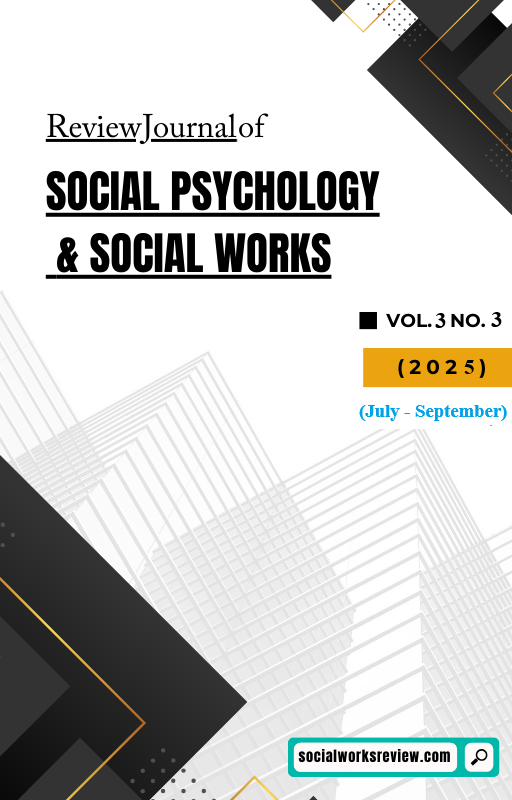The Impact of Digital Literacy on Developing and Existing English Language Courses: A Case Study on College Students of Gujranwala
Keywords:
Digital Literacy, English as A Second Language (ESL), Educational Technology, Gujranwala, Curriculum Design, Learner EngagementAbstract
Digital literacy has emerged as a critical component of contemporary education, exerting considerable influence on the instruction of the English language. This study investigates the role of digital literacy in shaping curriculum design and existing English language programs among undergraduate students in Gujranwala, Pakistan. Utilizing a mixed-methods approach, data were collected through structured questionnaires, in-depth interviews, and focus group discussions, and subsequently analyzed using statistical techniques and thematic analysis. The results indicate that elevated levels of digital literacy among both students and educators enhance learner engagement, language acquisition, and independent learning. However, the integration of digital tools within English as a Second Language (ESL) instruction is hindered by infrastructural limitations, inadequate professional training, and socio-economic disparities. The study concludes that comprehensive teacher training, the development of context-sensitive digital resources, and inclusive curriculum reforms are imperative for narrowing the digital divide. By situating global digital literacy discourse within a South Asian context, this research provides actionable insights for policymakers and educators striving to embed digital competencies into ESL education.





